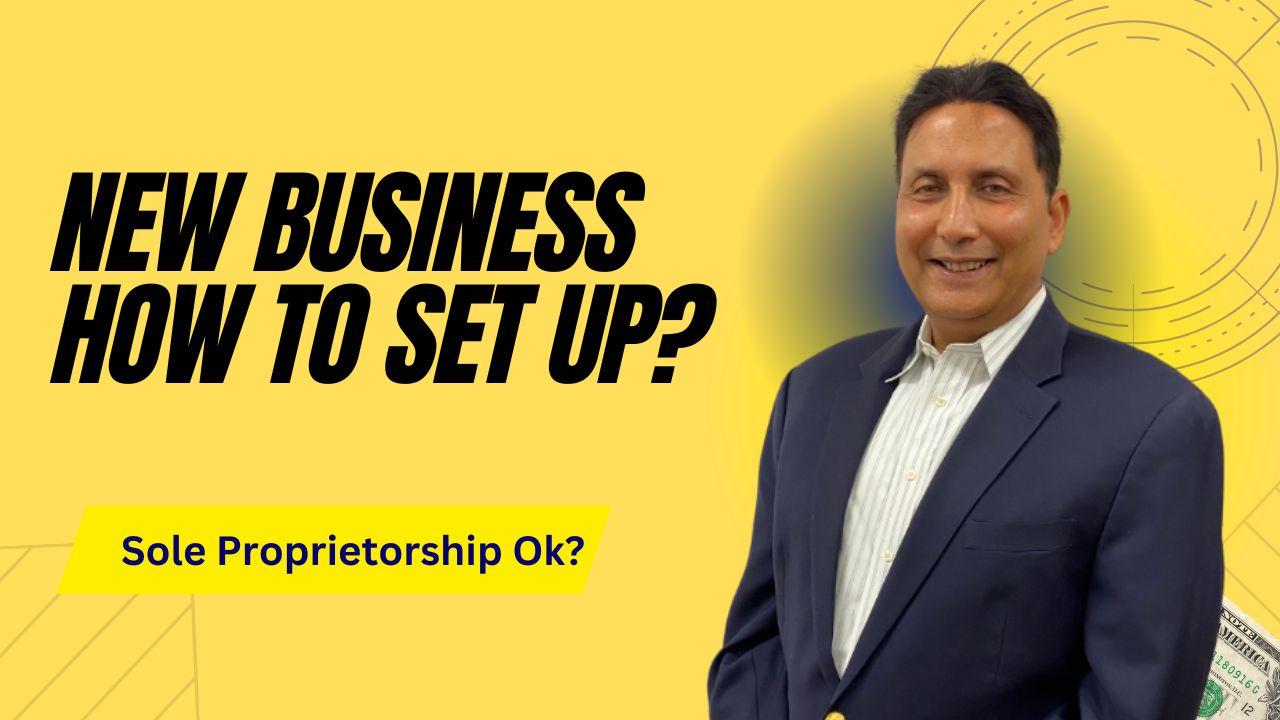
Starting a new business can be exciting yet challenging, and one of the crucial decisions you'll face is choosing the right business structure. While a sole proprietorship might be a perfect fit for many, it could be less suitable for others. Here, we break down the pros and cons of starting as a sole proprietor and the factors to consider in your decision-making process.
A sole proprietorship is the simplest form of doing business. You can start by selling your product or service without needing a Tax ID (EIN), a Doing-Business-As (DBA) registration (though recommended for marketing), or a separate bank account (also recommended for bookkeeping). All your income and expenses are reported on your personal 1040 Tax Return under Schedule C.
Self-Employment Tax: One significant disadvantage is the 15.3% self-employment tax on your net income, which can surprise new business owners with a hefty tax bill. However, if your net income is low, this might not be a significant concern.
Liability Exposure: As a sole proprietor, you are personally liable for the business's debts and liabilities. If you face substantial liability risks from your products, services, or location, consider setting up an entity like an LLC, which offers liability protection without the complex tax reporting requirements of a corporation.
Partners or Investors: If you have partners or investors, forming an entity is almost necessary. Partnerships require a partnership tax return and expose you to personal liability for your partner's actions. Documenting your business relationship is also crucial to avoid disputes.
Starting as a sole proprietor can be a great fit if there are no significant liability issues and the business concept is still being tested. However, as your business grows, you might need to consider more complex structures. Always consult with a tax advisor or attorney to tailor the best strategy for your unique situation.
Choosing the right business structure is essential for your success. While starting as a sole proprietor is straightforward and cost-effective, be prepared to evolve your business structure as your needs change and your business grows.